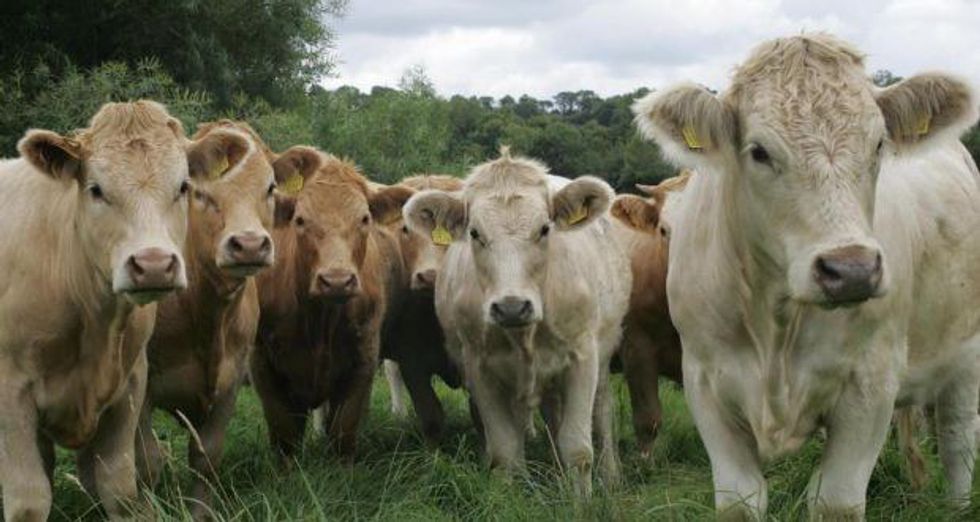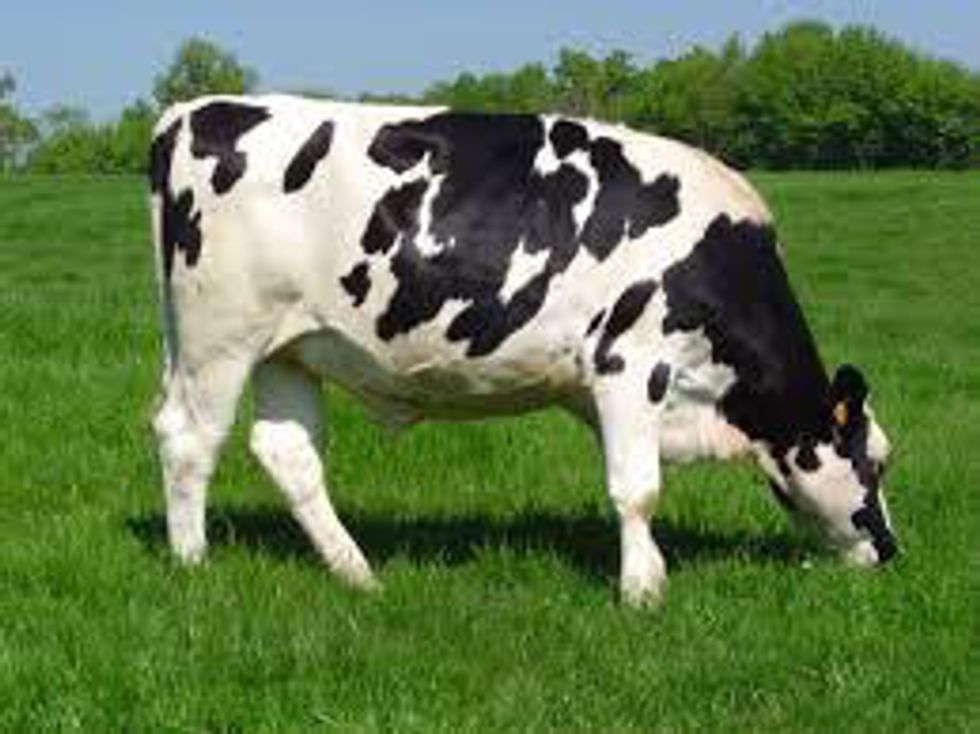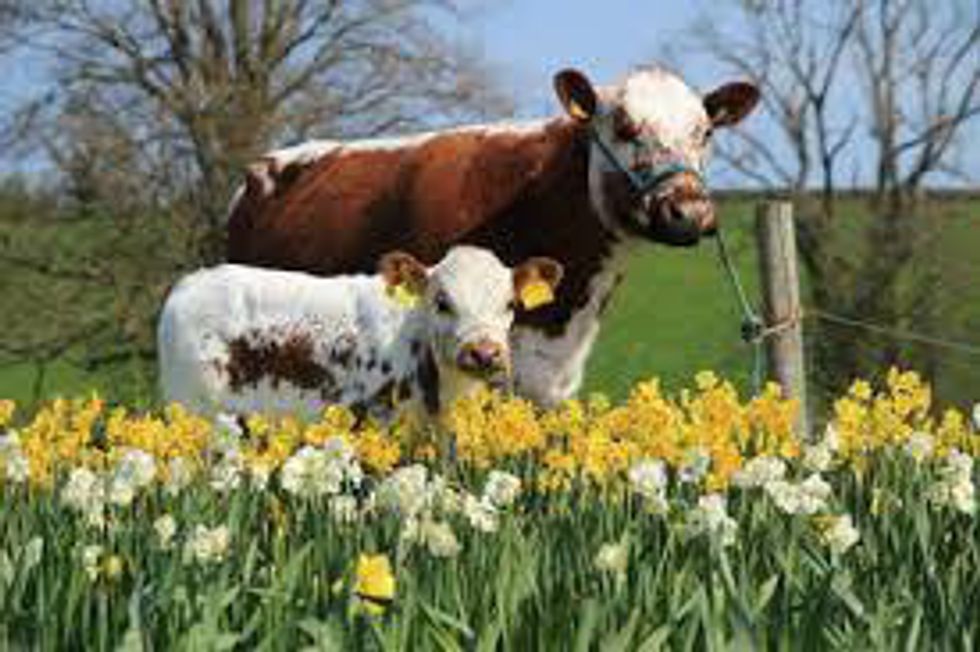Clearly cows are the best animals on the planet: they provide food, regulate grass growth, and are so adorable it's absurd. I've had the pleasure of studying abroad in Ireland, where cows are in abundance, and have seen more cows than my little heart can take. There are brown cows, black cows, tan cows, white cows, spotted cows - and I love them all.
You might be interested to hear these fourteen fun facts about the wonderful Irish cow:
1. Dairy production has been in Ireland since the era of the Roman Empire (about 3rd-4th century CE). With the Romano-British coming into Ireland from England, they brought over many techniques the Romans perfected - including dairying. It was discovered that Irish land was perfect for raising cows and the industry flourished.
2. There is at least one cow for every four people in Ireland!
3. As you may have learned from Bob's Burgers, cows can walk up stairs but not down. It's generally assumed that this is due to their weight distribution, the way cows' knees bend, and positioning of their hips. It would be very easy for a cow to tip forward and crash down the stairs!
4. World Milk Day is June 1st. I wonder how Irish cows celebrate?
5. On the Aran Island of Inishmore, many low rock-walled fences are built to provide fields for farmers as well as do something with the surplus limestone. In order for cows to move between these pastures, gaps are left between fields that cows can hop right over! (It's also the cutest thing I've ever seen)
6. Most Irish cows are Holstein Friesians, a breed of cattle coming in from Northern Holland. Technically Holstein cows from Northern Germany, but the two have been so interbred most cows are a combination of the breeds. However, Kerry cattle are also popular - this breed is the first to ever be bred solely for dairy and likely share ancestral links with the Celtic Shorthorn.
7. Dairy cows are generally milked twice a day in Ireland, and the milk is collected from the farms by proccessing companies like Dairygold, Lakeland, and Connacht Gold. These companies are also co-operative with farmers!
8. The Irish Moiled is a declining native breed in Ireland from the north. They are hornless and generally red with a white belly or freckled red-and-white face. "Moile" comes from a Gaelic word that relate to the bump on the cow's head. They're also basically garbage disposals and can consume and thrive on what is considered "poorer foliage."
9. About 10% of Irish milk goes right into the fresh drinking milk market (aka, the jug of milk sitting in your fridge).
10. Archaeologists believe crop/animal domestication began in Ireland 1000 years after agriculture moved around the rest of Europe. When Mesolithic people started emigrating via now-nonexistent land bridges to Ireland, small mammals followed suit - large ones like cows and sheep did not make it over the bridges and came in later on.
11. Different types of milks don't foam as well as others due to its processing: it "denatures the fats and protien molecules." Next time, don't complain that the barista sucks because your pumpkin spice extra extra soy latte doesn't have enough milk foam in it (it also barely has coffee but that's an argument for a different day).
12. Some wines have milk in them! It is used as a clarifying agent to cleanse sediment from the wine.
13. In China, one tin of premium Irish baby formula costs €43, which is equivalent to $48.30 (at time of publication). Baby formula coming from Ireland raises a lot of ethical issues about selling powdered formula to mothers in emerging countries, according to Suzanne Campbell: "...perhaps mothers should be more encouraged to breastfeed."
14. Irish butter is yellow only because the cows are grass-fed! There's a dye in the grass that travels into the milk once consumed by the cow, changing the color and flavor.














































